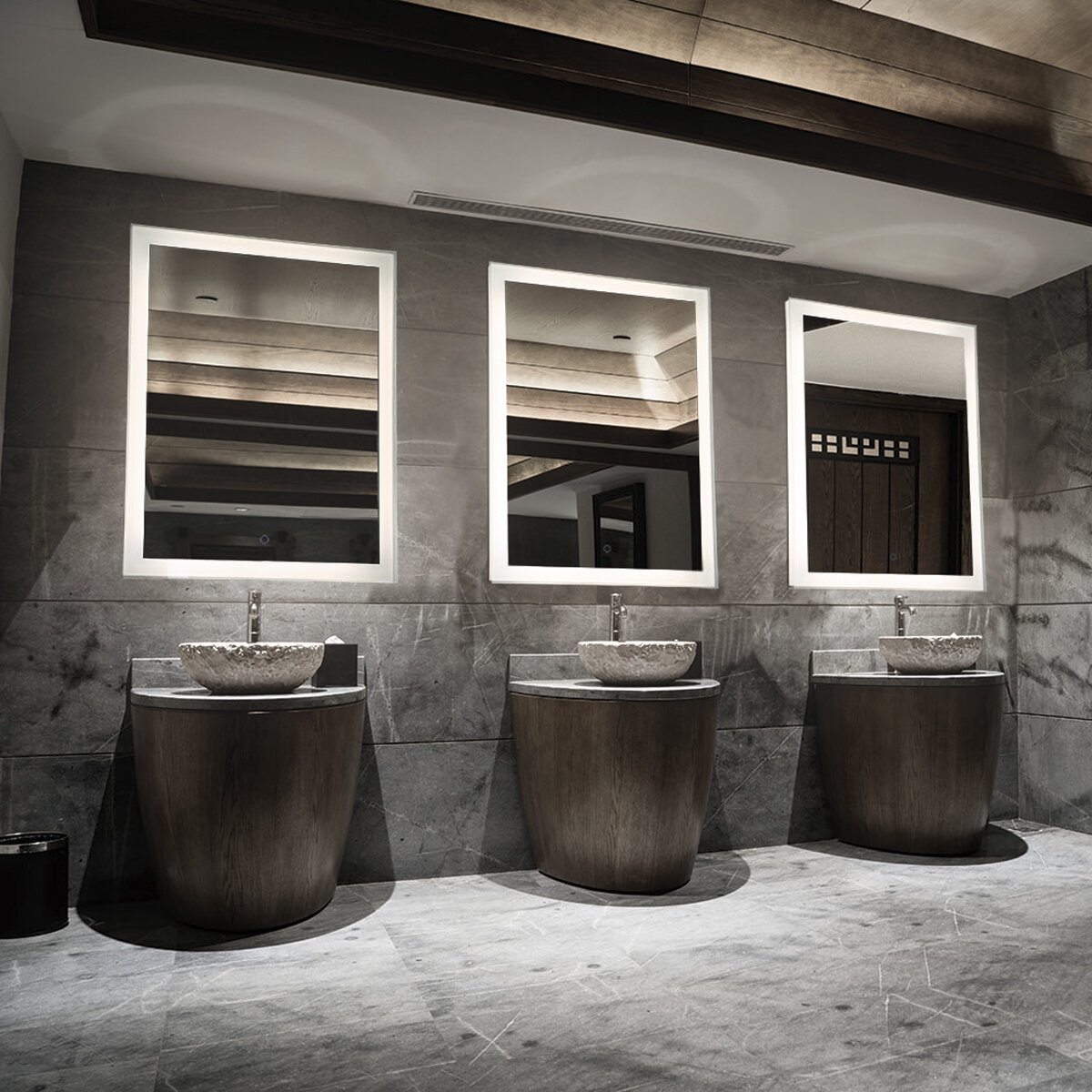

Articles
How Do LED Mirrors Work
Modified: September 1, 2024
Discover how LED mirrors work and the benefits they provide in this informative article. Explore the technology and features of these modern bathroom accessories.
(Many of the links in this article redirect to a specific reviewed product. Your purchase of these products through affiliate links helps to generate commission for Storables.com, at no extra cost. Learn more)
Introduction
LED mirrors have become increasingly popular for their sleek and modern design, as well as their practical functionality. These mirrors not only serve as a reflection tool but also provide an ambient and adjustable lighting option. Whether you’re getting ready for the day or applying makeup, LED mirrors offer superior illumination in comparison to traditional mirrors.
In this article, we will delve into the fascinating world of LED mirrors and explore how they work. We will take a closer look at the history of LED mirrors, the basics of light-emitting diodes (LEDs), the construction and working principle of LED mirrors, as well as the benefits and different types of LED mirrors available. Additionally, we will discuss the installation and maintenance of LED mirrors and provide a comparison with traditional mirrors.
With LED technology rapidly advancing, LED mirrors have become more energy-efficient, environmentally friendly, and customizable. They have revolutionized the way we enhance our reflection and lighting experience. So, let’s dive deeper into the world of LED mirrors and discover the wonders they hold.
Key Takeaways:
- LED mirrors offer superior illumination, energy efficiency, and modern design, revolutionizing the way we perceive and utilize mirrors in our daily lives. Their adjustable lighting options and additional features enhance the overall user experience.
- The integration of light-emitting diodes (LEDs) into mirrors has transformed LED mirrors into versatile tools for tasks such as makeup application, grooming, and personal care routines. Their sleek design and advanced functionalities make them a superior alternative to traditional mirrors.
Read more: How Do Infinity Mirrors Work
History of LED Mirrors
The history of LED mirrors can be traced back to the development of light-emitting diodes (LEDs) in the early 1960s. LEDs were first invented by a team of researchers at General Electric, who were exploring semiconductor materials and their ability to emit light when an electric current passes through them.
LEDs quickly gained popularity for their energy efficiency and durability, leading to their usage in various electronic devices and lighting applications. However, it wasn’t until later that the concept of integrating LEDs into mirrors began to emerge.
The first LED mirrors were primarily used in professional settings, such as salons and studios, to provide optimal lighting conditions for makeup application and hairstyling. These early LED mirrors featured a simple design with a strip of LEDs embedded around the edges of the mirror.
As LED technology advanced, these mirrors became more accessible to the general public. Manufacturers started incorporating LED lights into vanity mirrors, bathroom mirrors, and even outdoor mirrors. This marked a significant shift in the mirror industry, as LED mirrors offered a modern and functional alternative to traditional mirrors.
In recent years, LED mirrors have evolved further with the introduction of smart technology. These smart LED mirrors can be connected to smartphones or home automation systems, allowing users to control the lighting color, intensity, and even play music or access other smart home features.
Overall, the history of LED mirrors showcases the progression of LED technology and its integration into the mirror industry. From professional settings to everyday use, LED mirrors have transformed the way we perceive and utilize mirrors in our daily lives.
Basics of Light Emitting Diodes (LEDs)
Light Emitting Diodes (LEDs) are semiconductor devices that convert electrical energy into light energy. They are constructed using materials such as gallium arsenide (GaAs) or gallium nitride (GaN) that have specific electrical properties. Unlike traditional incandescent or fluorescent bulbs, LEDs are more energy-efficient and have a longer lifespan.
The basic working principle of an LED involves the phenomenon of electroluminescence. When a forward voltage is applied across the p-n junction of the LED, electrons flow from the n-type region to the p-type region. As these electrons recombine with the electron holes in the p-type region, energy is released in the form of light.
The color of light emitted by an LED is determined by the type of material used in its construction. Different materials produce different colors, such as red, green, blue, amber, and white. By combining these colors in various ways, LEDs can create a wide spectrum of colors.
LEDs offer several advantages over conventional light sources. Firstly, they have a higher luminous efficacy, meaning they produce more visible light per unit of electrical power. This makes them highly energy-efficient and environmentally friendly. Secondly, LEDs have a longer lifespan, typically lasting anywhere from 25,000 to 50,000 hours, compared to incandescent bulbs which typically last around 1,000 hours. Furthermore, LEDs are durable and resistant to shock and vibration, making them ideal for various applications.
The efficiency and versatility of LEDs have led to their widespread adoption in various industries and applications. They are used in lighting fixtures, automotive lighting, display screens, signage, and of course, LED mirrors.
In the context of LED mirrors, LEDs are strategically integrated into the mirror frame or edges to provide even and adjustable lighting options. By using LEDs, these mirrors offer improved illumination and a more accurate color representation, enhancing the overall viewing experience.
Understanding the basics of LEDs helps us comprehend the technical aspects of LED mirrors and appreciate the advantages they bring in terms of energy efficiency, longevity, and superior lighting quality.
Construction of LED Mirrors
The construction of LED mirrors involves the integration of LEDs into the mirror design, resulting in a combination of reflective functionality and illuminated lighting. LED mirrors consist of several key components that work together to create a seamless and aesthetically pleasing product.
The primary component of an LED mirror is the mirror itself, which is typically made of high-quality glass with a reflective coating. The mirror is designed to provide a clear and distortion-free reflection. It can come in different shapes and sizes, depending on the intended use and design preferences.
Embedded within the mirror frame or surrounding the edges are LED lights. These lights are carefully arranged to provide even and diffused illumination across the mirror surface. The LEDs used in these mirrors are typically small and low-profile, allowing for a seamless integration into the mirror design.
Behind the mirror, there is a backing material that houses the electrical components of the LED mirror. This backing material not only provides support but also serves as a housing for the LED drivers, power supply, and any additional control mechanisms.
The power supply is an essential component that converts the incoming electrical current to the appropriate voltage and current required to power the LEDs. LED mirrors often use low-voltage power supplies, ensuring safety and efficiency.
In addition to the basic construction, LED mirrors may incorporate other features such as touch controls, motion sensors, or smart connectivity. These features allow users to adjust the lighting intensity, color temperature, or even control other smart home functions.
LED mirrors are available in various designs and styles to suit different aesthetic preferences and functional needs. Some mirrors may have additional features such as demister pads to prevent fogging, built-in Bluetooth speakers, or even integrated magnification options.
The construction of LED mirrors focuses not only on their functionality but also on their visual appeal. With sleek and modern designs, LED mirrors add a touch of elegance and sophistication to any space.
Overall, the construction of LED mirrors combines the traditional reflection capabilities of a mirror with the innovative and energy-efficient lighting provided by LEDs. This unique combination offers users a practical and visually appealing solution for their lighting and reflection needs.
Working Principle of LED Mirrors
The working principle of LED mirrors is based on the integration of light-emitting diodes (LEDs) into the mirror design. LEDs are strategically placed around the mirror frame or embedded along the edges to provide effective illumination.
When the power is applied to the LED mirror, the LEDs are activated, emitting light that illuminates the mirror surface. The light produced by the LEDs is carefully directed to ensure even and uniform distribution across the mirror, minimizing shadows and providing optimal lighting conditions.
LED mirrors often feature adjustable lighting options, allowing users to customize the intensity and color temperature of the light. This flexibility enables individuals to create the desired ambiance and tailor the lighting to their specific needs.
The control mechanisms for adjusting the lighting may vary depending on the specific model and manufacturer. Some LED mirrors include touch controls, allowing users to simply tap or swipe to adjust the lighting settings. Others may have integrated sensors that automatically adjust the lighting based on ambient light conditions.
In addition to providing functional lighting, LED mirrors also offer energy efficiency. LEDs are known for their low power consumption, making LED mirrors an eco-friendly alternative to traditional mirrors with incandescent bulbs.
The working principle of LED mirrors is not limited to basic illumination. Many LED mirrors also feature additional functionalities, such as built-in Bluetooth speakers, defogging capabilities, or smart connectivity. These extra features elevate the overall user experience and make LED mirrors a versatile and practical addition to any space.
LED mirrors can be used in various settings, including bathrooms, dressing rooms, salons, and even professional photography studios. The adjustable lighting options, in combination with the reflective properties of the mirror, provide users with a versatile tool for tasks such as applying makeup, grooming, or simply enhancing the ambiance of a room.
Overall, the working principle of LED mirrors revolves around the integration of LEDs into the mirror design to provide both functional lighting and an aesthetically pleasing reflection surface. Whether in terms of practicality or visual appeal, LED mirrors offer a modern and innovative solution to meet the lighting and reflection needs of individuals in diverse settings.
Read more: How Do Rear View Mirrors Work
Benefits of LED Mirrors
LED mirrors offer a range of benefits that make them a popular choice among homeowners, professionals, and businesses. These mirrors combine practical functionality with modern design, providing a multitude of advantages over traditional mirrors. Let’s explore some of the key benefits of LED mirrors:
- Enhanced Lighting: LED mirrors are designed with built-in LED lights that provide superior illumination compared to traditional mirrors. The LEDs emit a bright, even light that eliminates shadows and provides optimal lighting conditions for tasks such as applying makeup, shaving, or styling hair.
- Energy Efficiency: LEDs are known for their energy efficiency. LED mirrors consume less energy compared to traditional mirrors with incandescent or fluorescent bulbs. This not only reduces electricity costs but also contributes to a more sustainable lifestyle by conserving energy resources.
- Durability and Longevity: LED mirrors are built to last. LEDs have a longer lifespan compared to traditional bulbs, typically lasting anywhere from 25,000 to 50,000 hours. This means less frequent bulb replacements and lower maintenance costs in the long run.
- Adjustable Lighting Options: LED mirrors often feature adjustable lighting options, allowing users to customize the intensity and color temperature of the light. This flexibility enables individuals to create the desired ambiance and adjust the lighting to their specific needs, whether it’s for a bright and vibrant setting or a soft and calming atmosphere.
- Improved Visibility and Clarity: The high-quality reflective surface of LED mirrors provides clear and distortion-free visibility. Whether it’s for personal grooming or professional use, LED mirrors offer a crisp reflection that ensures accuracy and precision in various tasks.
- Modern and Sleek Design: LED mirrors are known for their sleek and contemporary design. The integration of LED lights into the mirror frame or edges creates a visually appealing aesthetic that adds a touch of elegance to any space. LED mirrors can complement any interior style, from minimalist to extravagant.
- Multifunctional Features: Many LED mirrors come with additional features and functionalities. These may include built-in Bluetooth speakers, defogging capabilities, integrated magnification options, and even smart connectivity. These extra features enhance the mirror’s usability and make it a versatile tool for various applications.
From practicality to energy efficiency and aesthetic appeal, LED mirrors offer numerous advantages over traditional mirrors. With their enhanced lighting capabilities, durability, and customizable features, LED mirrors have become a popular choice for individuals who value both functionality and style in their mirror selection.
Types of LED Mirrors
LED mirrors come in various types and designs to suit different preferences and needs. Whether you’re looking for a specific style or functionality, there is a wide range of options available. Let’s explore some of the common types of LED mirrors:
- Wall-mounted LED Mirrors: These are perhaps the most common type of LED mirrors. They are typically installed directly on the wall in bathrooms, dressing rooms, or other spaces where a fixed mirror is desired. Wall-mounted LED mirrors come in different shapes and sizes, ranging from rectangular to round or even custom designs, allowing you to find the perfect fit for your space.
- Vanity LED Mirrors: Vanity LED mirrors are specifically designed for makeup application or grooming purposes. They often feature a sleek and elegant design with adjustable lighting options to simulate different lighting environments. Some vanity LED mirrors may also have magnification features, allowing for fine detail work.
- Backlit LED Mirrors: Backlit LED mirrors have LED lights integrated into the back part of the mirror. This design creates a soft and diffused glow around the edges, providing an aesthetically pleasing and modern look. Backlit LED mirrors offer a contemporary touch to any space.
- Frameless LED Mirrors: Frameless LED mirrors are simple yet sophisticated. Without a visible frame, these mirrors create a seamless and sleek appearance. Frameless LED mirrors are versatile and can complement a variety of interior styles, from traditional to modern.
- Bathroom LED Mirrors: Bathroom LED mirrors are specifically designed for installation in bathrooms. They are often moisture-resistant and come with features like demister pads to prevent fogging. Bathroom LED mirrors are available in different sizes and styles to fit various bathroom layouts and design aesthetics.
- Mirror Cabinets with LED Lights: These LED mirrors combine the functionality of a mirror with additional storage space. Mirror cabinets with LED lights feature built-in shelves or compartments behind the mirror, allowing you to conveniently store toiletries or other bathroom essentials.
- Mirror TV with LED Backlighting: For those who appreciate technology integration, mirror TVs with LED backlighting offer a unique combination of entertainment and functionality. These mirrors have a built-in television screen and LED lights around the frame to provide both a reflective surface and an immersive viewing experience.
These are just a few examples of the types of LED mirrors available on the market. It’s essential to consider factors such as the intended use, the size and layout of the space, and personal preferences when selecting the right LED mirror for your needs. With the wide variety of options, you can find a LED mirror that not only meets your practical requirements but also enhances the overall aesthetic of your space.
Installation and Maintenance of LED Mirrors
Proper installation and maintenance are crucial for ensuring the longevity and optimal performance of LED mirrors. Whether you’re a DIY enthusiast or seeking professional assistance, here are some key guidelines to follow:
Installation:
- Prepare the space: Before installing the LED mirror, ensure that the area is clean, dry, and free from any obstructions. Make sure there is access to a power source nearby.
- Location and positioning: Determine the desired location for the LED mirror. Ensure that it is placed at a suitable height and angle for easy viewing and functionality.
- Mounting: Follow the manufacturer’s instructions for mounting the LED mirror. This may involve using brackets or screws to secure the mirror to the wall or other mounting surfaces. If you are unsure about the installation process, consider consulting a professional or seeking assistance.
- Electrical connections: If the LED mirror requires electrical connections, such as connecting to a power supply or home automation system, consult a qualified electrician to ensure proper wiring and safety.
- Testing: Once the LED mirror is installed, test its functionality by turning on the lights. Ensure that the lighting is even and there are no issues with flickering or dimming.
Read more: How Do Two-Way Mirrors Work
Maintenance:
Proper maintenance will help keep your LED mirror in top condition and extend its lifespan. Here are some maintenance tips to follow:
- Regular cleaning: Clean the mirror surface regularly with a non-abrasive cleaner and a soft, lint-free cloth. Avoid using harsh chemicals or abrasive materials that could damage the mirror or the LED lights.
- Avoid excessive moisture: LED mirrors in bathrooms are exposed to moisture. Make sure the mirror is properly sealed and consider using a demister pad or ventilation system to reduce excess moisture and prevent fogging.
- Check electrical connections: Periodically inspect the electrical connections to ensure they are secure and in good condition. If you notice any loose wires or signs of damage, contact a professional electrician for assistance.
- Replace faulty LEDs: If any of the LED lights on the mirror are not working or are flickering, they may need to be replaced. Contact the manufacturer or a professional technician to help with the replacement process.
- Avoid excessive force: Handle the LED mirror with care and avoid applying excessive force or pressure when cleaning or adjusting the lighting. This will help prevent damage to the mirror or the electrical components.
By following these installation and maintenance guidelines, you can ensure that your LED mirror remains in optimal condition and provides you with many years of functionality and enjoyment.
Comparison with Traditional Mirrors
LED mirrors offer several advantages over traditional mirrors, making them a popular choice for modern homes and businesses. Let’s compare LED mirrors with traditional mirrors in terms of functionality, lighting, energy efficiency, and overall user experience:
Functionality:
LED mirrors provide superior functionality compared to traditional mirrors. While traditional mirrors simply reflect the image, LED mirrors offer integrated lighting options that enhance visibility and eliminate shadows. LED mirrors often have adjustable lighting settings, allowing users to customize the intensity and color temperature of the light to suit their needs.
Lighting:
The lighting provided by LED mirrors is far superior to that of traditional mirrors. LED lights produce bright, even illumination that closely resembles natural daylight. This not only improves visibility but also ensures accurate color representation, making LED mirrors ideal for tasks such as makeup application, grooming, and other detailed activities.
Read more: How Do Concave And Convex Mirrors Work
Energy Efficiency:
LED mirrors are highly energy-efficient compared to traditional mirrors. LED lights consume significantly less energy and produce less heat, making them more environmentally friendly and cost-effective in the long run. LED lights have a longer lifespan, meaning less frequent bulb replacements and reduced maintenance costs.
Design and Aesthetics:
While traditional mirrors come in various shapes and styles, LED mirrors offer a sleek and modern design that adds a touch of elegance and sophistication to any space. LED mirrors often have a slim profile and can be wall-mounted or freestanding, fitting seamlessly into different interior styles and layouts.
Additional Features:
LED mirrors often come with additional features that are not found in traditional mirrors. These may include built-in Bluetooth speakers, defogging capabilities, integrated magnification options, or smart connectivity. These extra features enhance the functionality and overall user experience of LED mirrors.
Overall User Experience:
LED mirrors provide a superior user experience compared to traditional mirrors. With adjustable lighting options, improved visibility, and modern design, LED mirrors offer a more enjoyable and convenient mirror usage. The enhanced functionality and customizable lighting settings make LED mirrors a versatile tool for various tasks, from personal grooming to professional use.
In summary, LED mirrors outshine traditional mirrors in terms of functionality, lighting, energy efficiency, design, and overall user experience. With their advanced features and modern aesthetic, LED mirrors have revolutionized the way we perceive and utilize mirrors in our daily lives.
LED mirrors work by using light-emitting diodes (LEDs) around the edges or behind the mirror to provide even and energy-efficient lighting. The LEDs are powered by a low-voltage electrical current, making them safe and long-lasting.
Read more: How Does Wifi Light Bulb Work?
Conclusion
LED mirrors have undoubtedly transformed the way we perceive and utilize mirrors in our daily lives. With their sleek design, adjustable lighting options, energy efficiency, and advanced functionalities, LED mirrors offer a superior alternative to traditional mirrors.
Starting from their humble beginnings in professional settings to their wide adoption in homes and businesses, LED mirrors have come a long way. The integration of light-emitting diodes (LEDs) into mirrors has revolutionized the way we enhance our reflection and lighting experience.
LED mirrors provide unparalleled functionality, with adjustable lighting options that ensure optimal visibility and eliminate shadows. The bright and even illumination offered by LED lights enhances tasks like makeup application, grooming, and personal care routines.
In addition to their functional benefits, LED mirrors are highly energy-efficient, consuming less power and producing less heat than traditional mirrors. This not only reduces electricity costs but also makes them environmentally friendly and sustainable.
The modern design of LED mirrors adds elegance and sophistication to any space. Their sleek and slim profiles, along with customizable features, make LED mirrors versatile and suitable for different interior styles and preferences.
LED mirrors often come with additional features, such as built-in speakers, defogging capabilities, or smart connectivity, enhancing their usability and versatility even further.
Overall, LED mirrors offer a superior user experience, combining practical functionality, efficient lighting, and stylish design. Whether in bathrooms, dressing rooms, salons, or professional photography studios, LED mirrors have become an essential tool for tasks that require accurate reflection and optimal lighting conditions.
The continuous advancements in LED technology will likely lead to even more innovative features and designs in the future, further enhancing the possibilities and benefits of LED mirrors.
So, if you’re looking to upgrade your mirror experience, consider investing in an LED mirror. With their enhanced functionality, energy efficiency, and modern design, LED mirrors are the perfect choice for those seeking a blend of practicality and aesthetics in their daily mirror usage.
Frequently Asked Questions about How Do LED Mirrors Work
Was this page helpful?
At Storables.com, we guarantee accurate and reliable information. Our content, validated by Expert Board Contributors, is crafted following stringent Editorial Policies. We're committed to providing you with well-researched, expert-backed insights for all your informational needs.
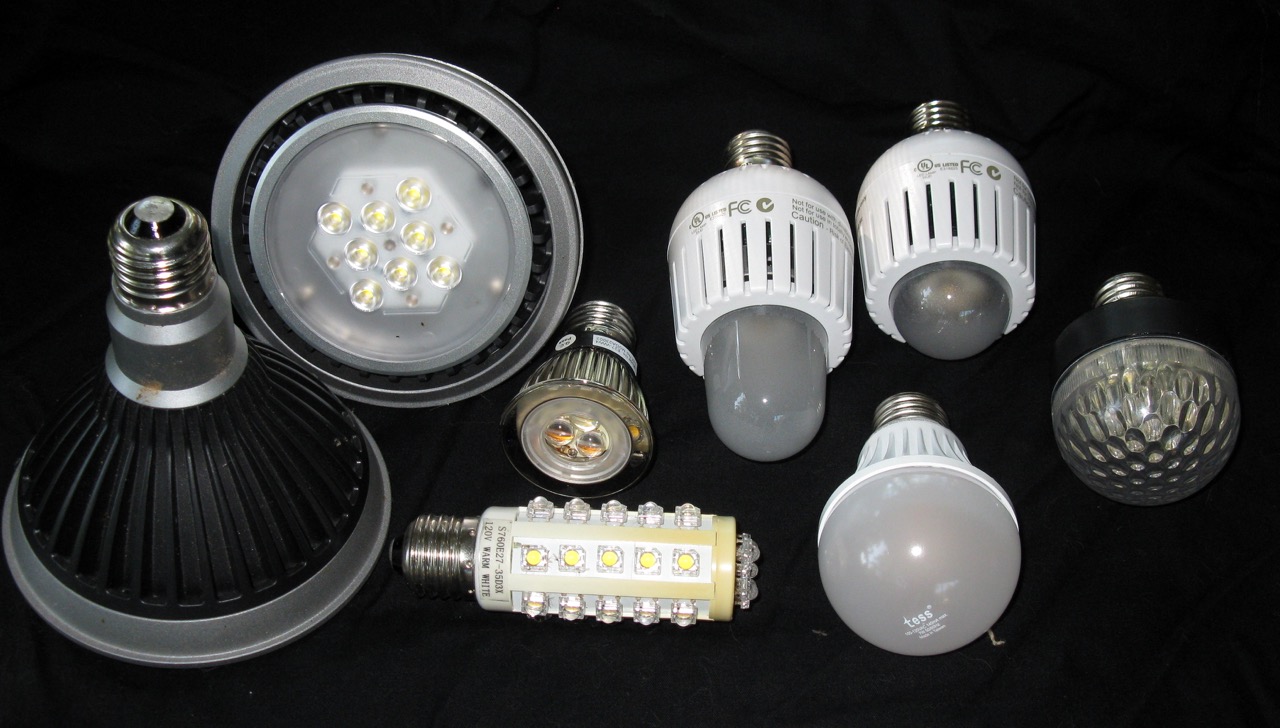
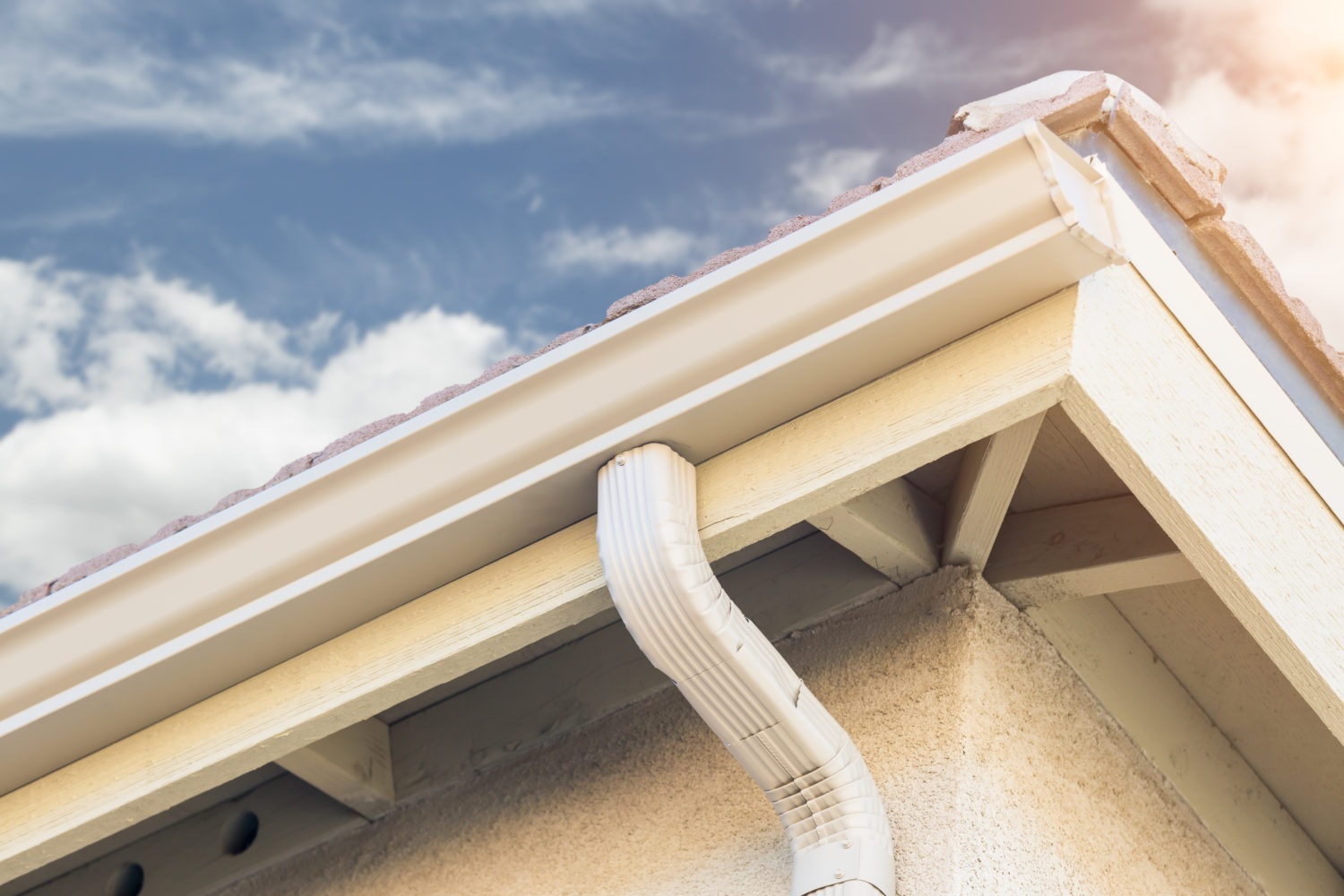
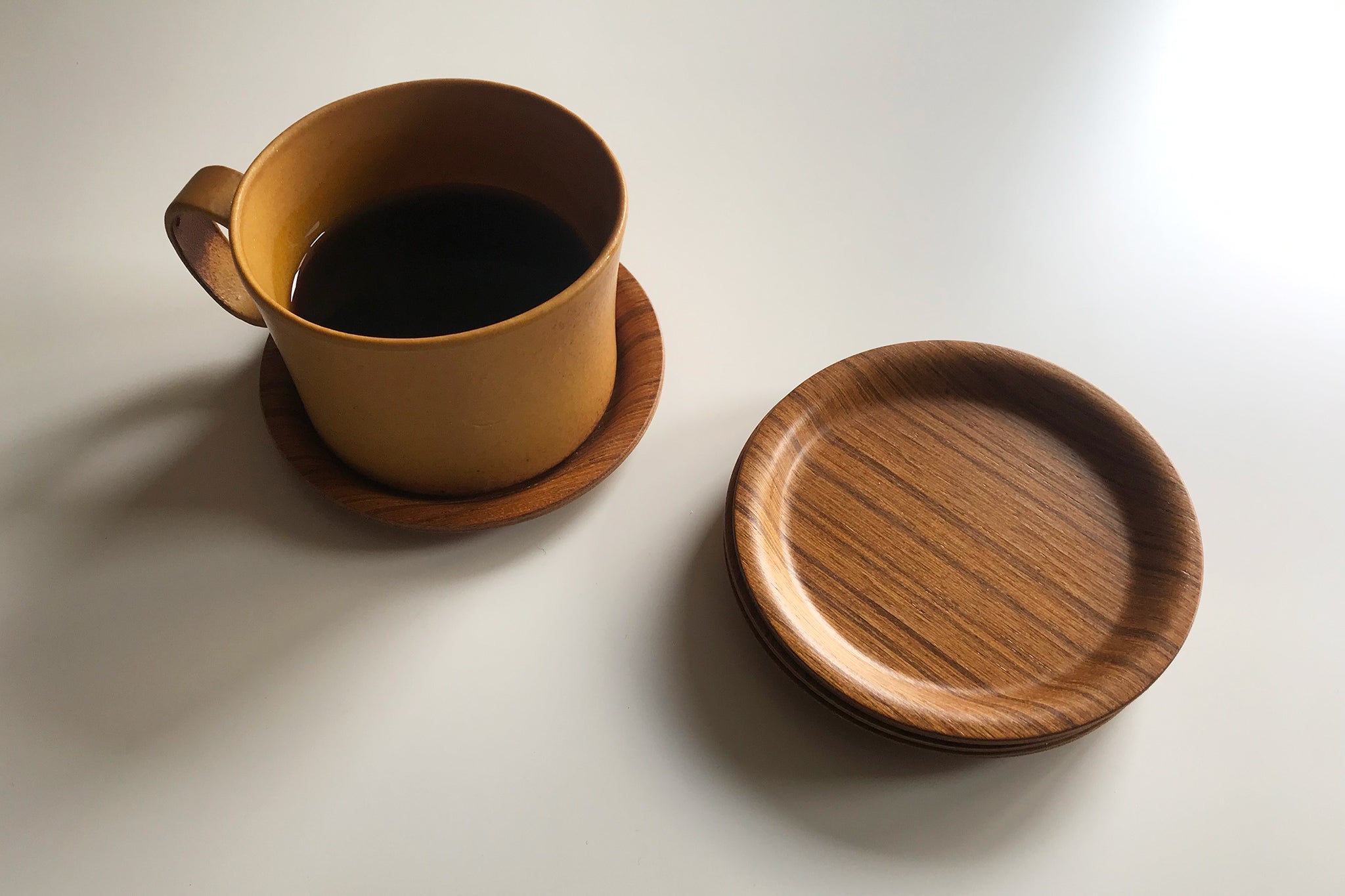
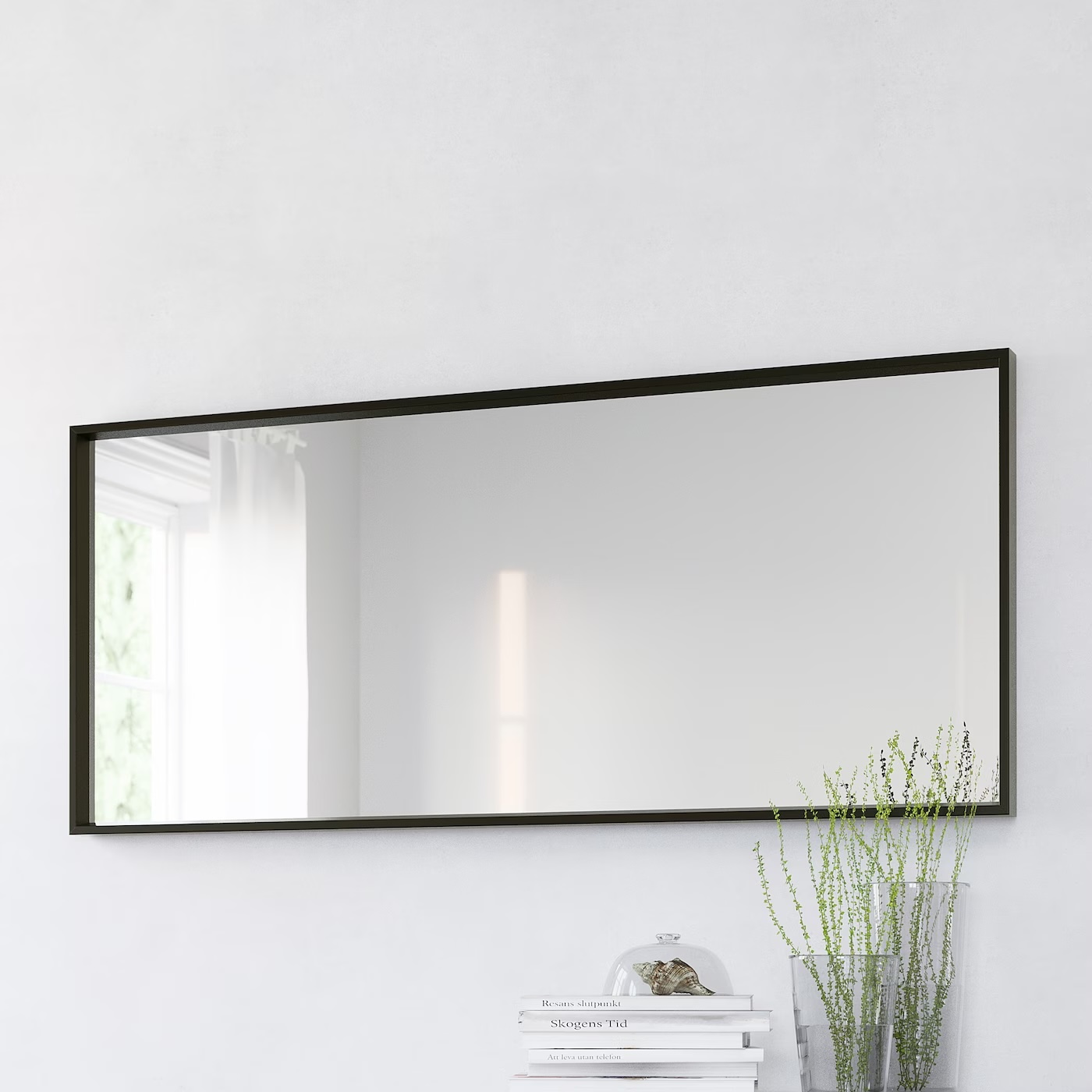
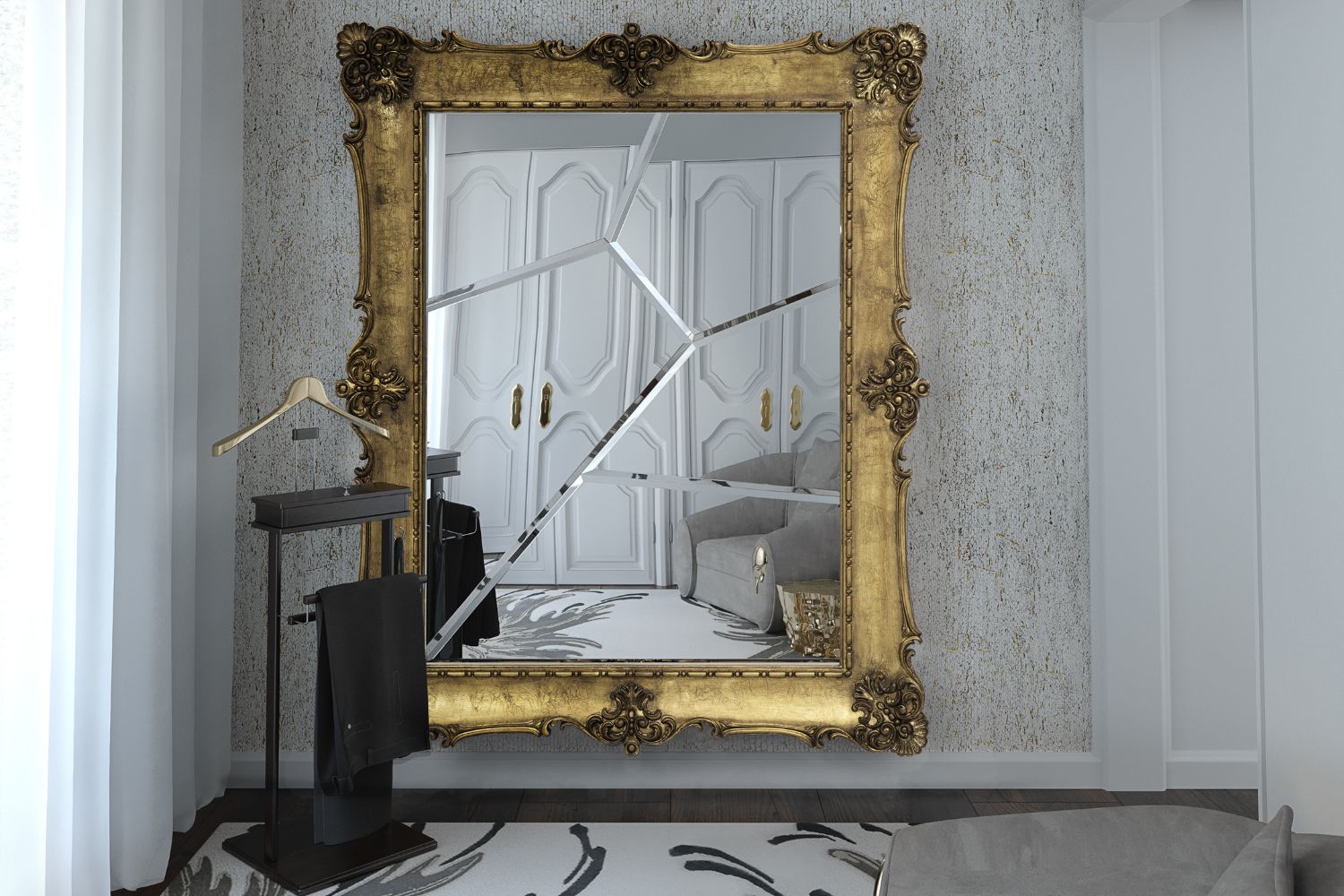
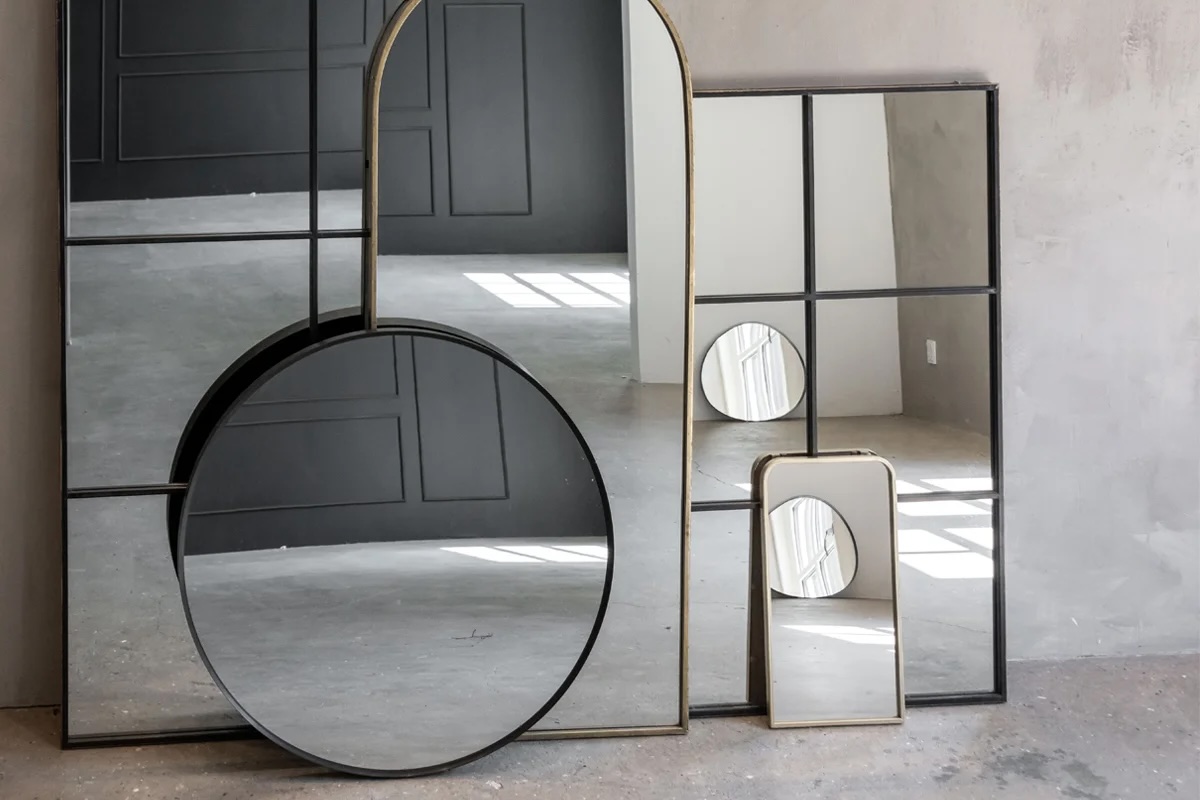
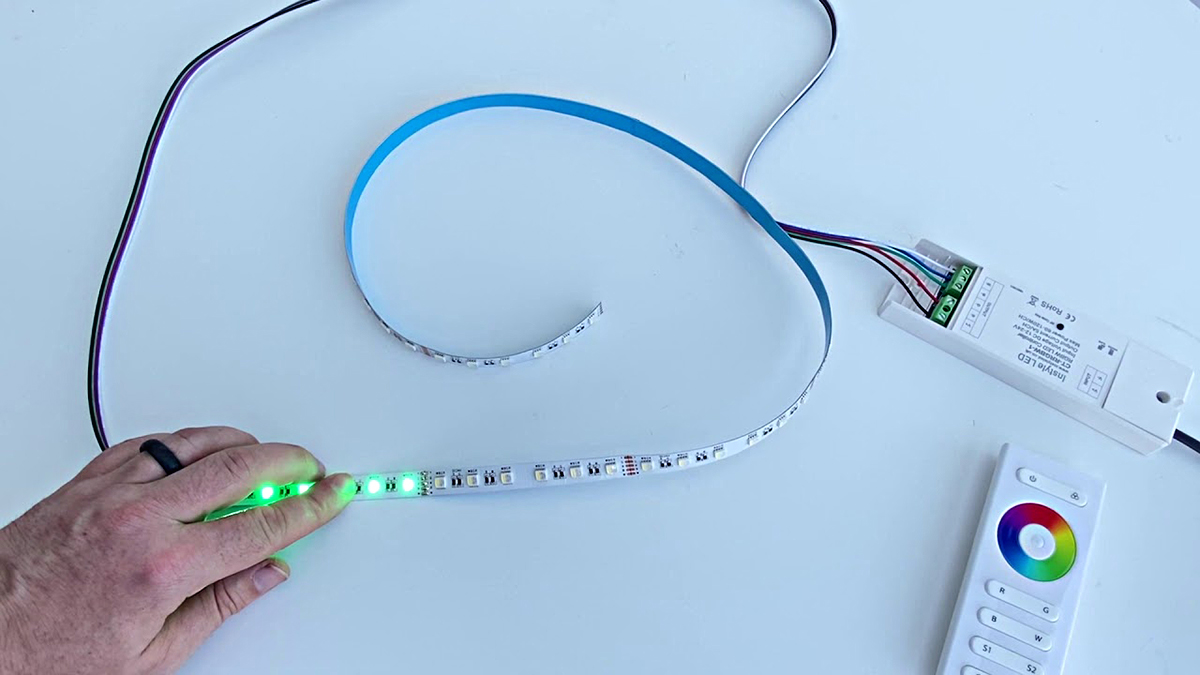
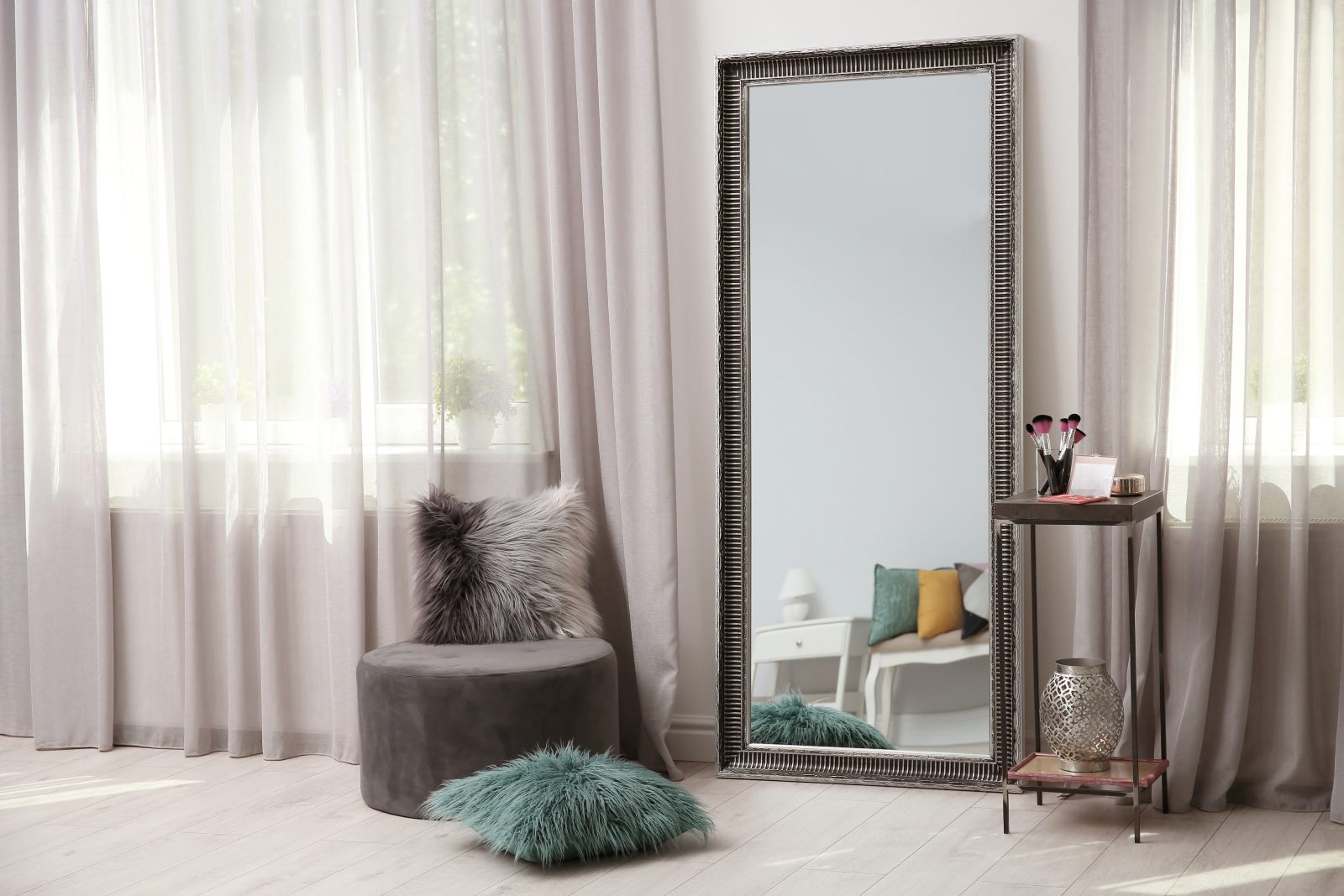
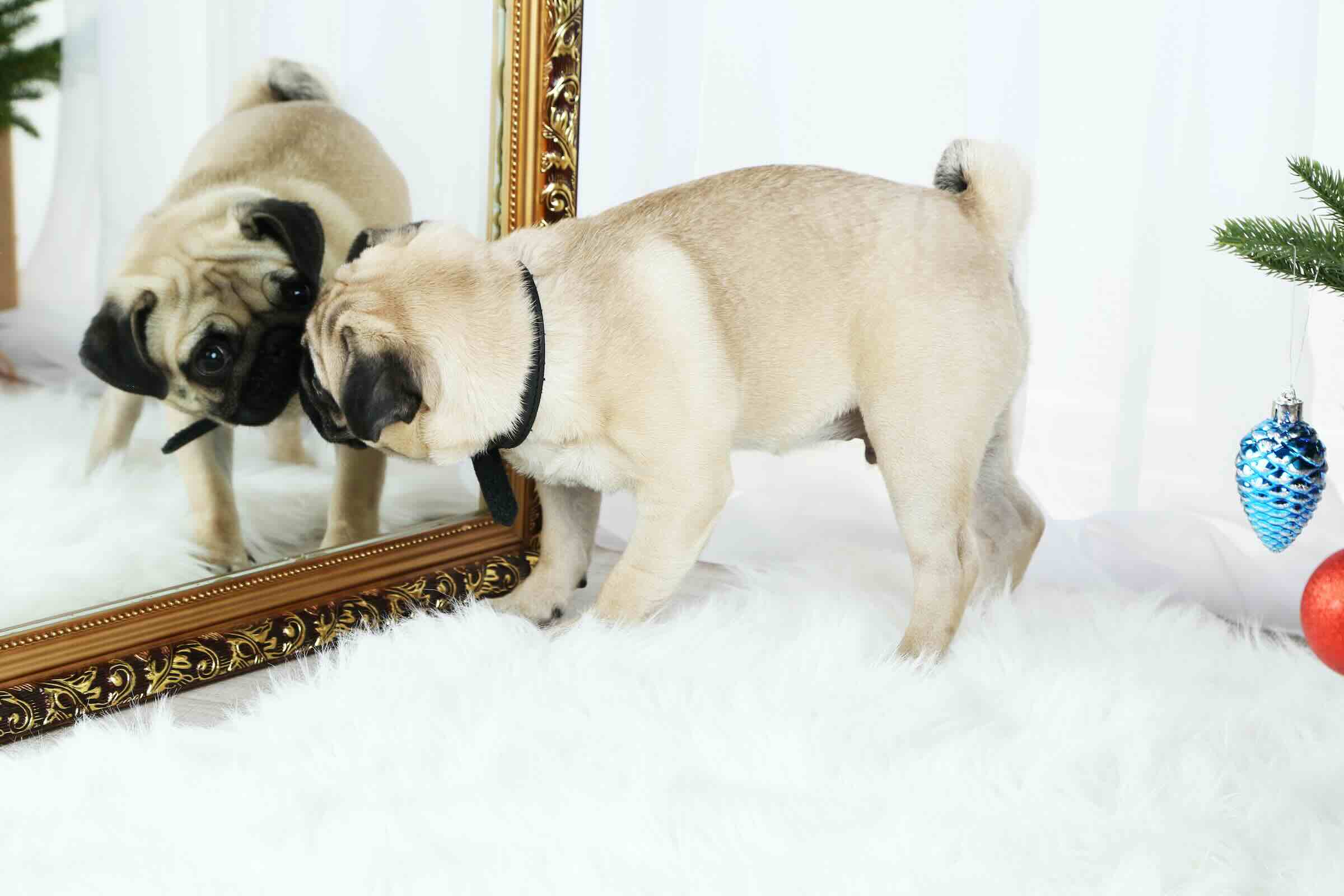
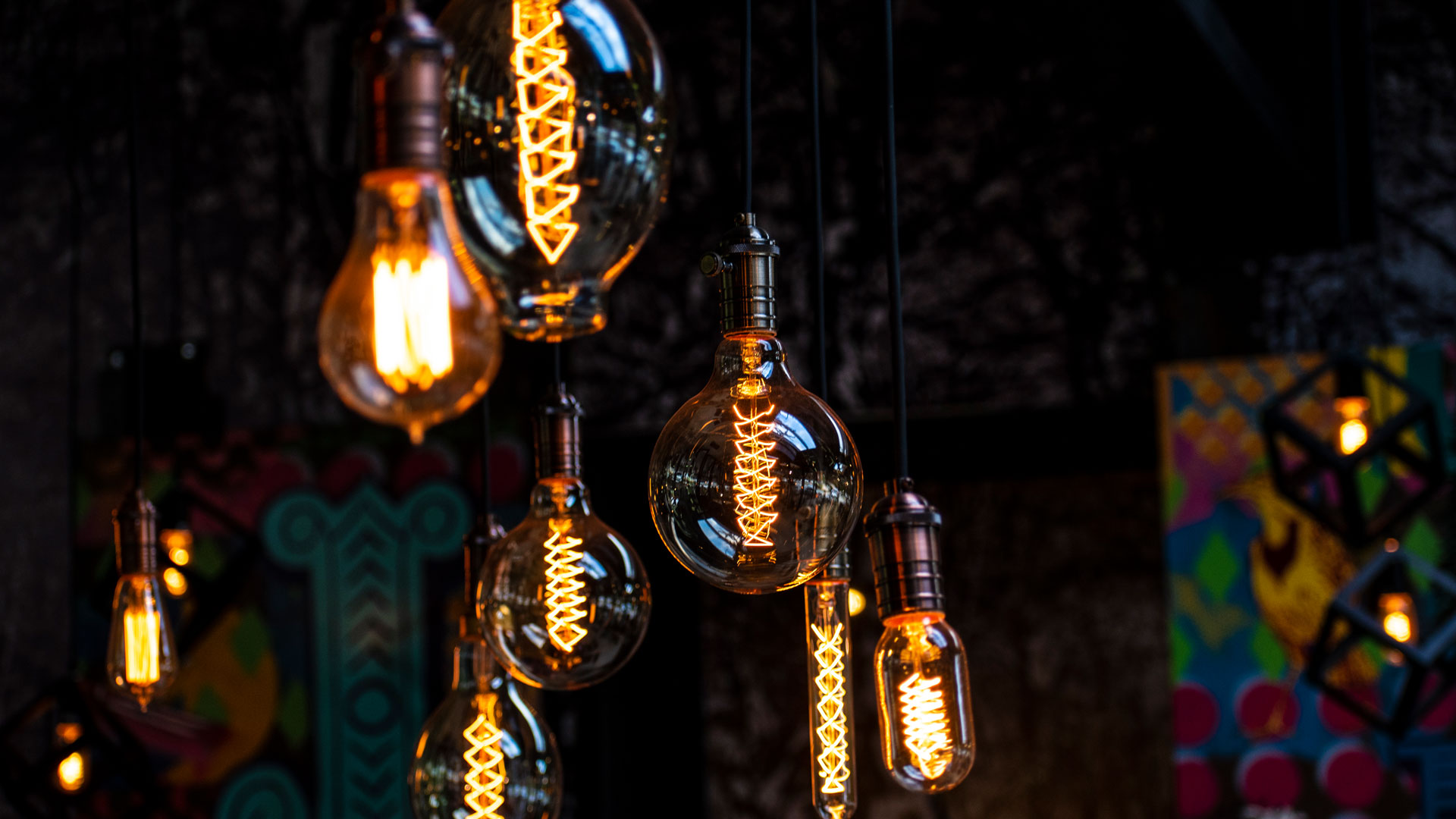
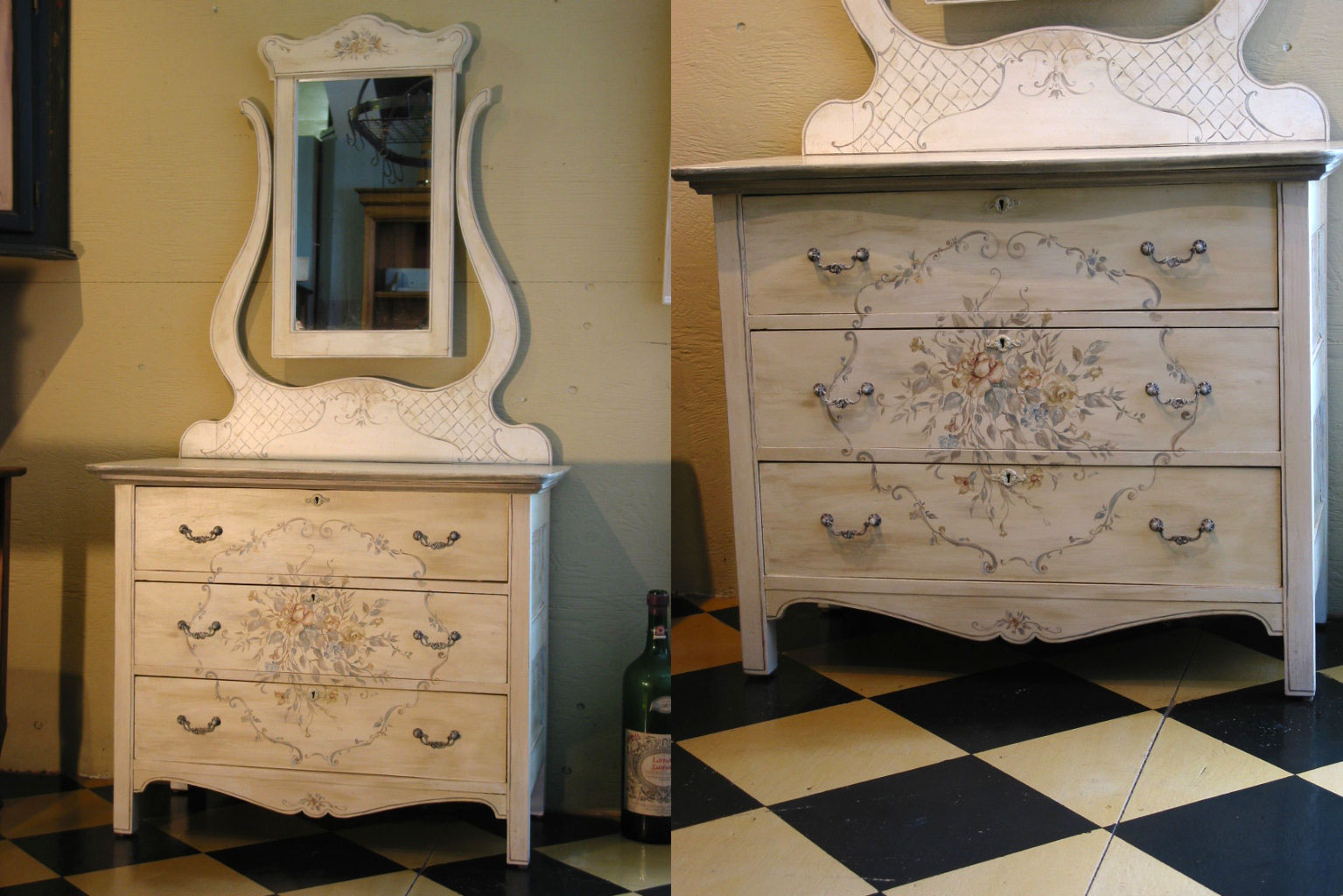

0 thoughts on “How Do LED Mirrors Work”